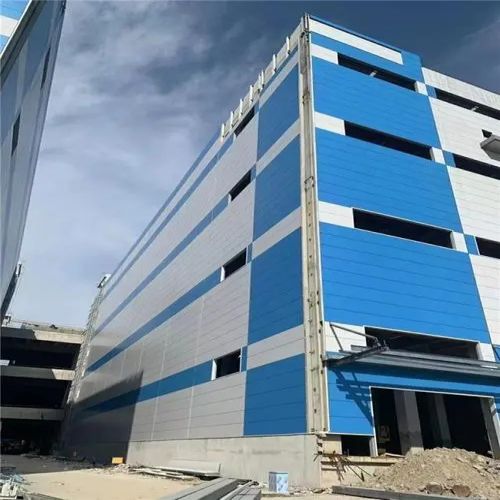Breif Introduction of PA12 Compound Resin
PA12 compound resin takes the strong foundation of PA12 material, also known as Nylon 12, and elevates its capabilities by incorporating fillers and additives. These enhancements cater to specific needs, such as improved flame retardancy, increased electrical conductivity, or achieving desired colors.
A common example is PA12 CF, which introduces carbon fiber reinforcement. This significantly boosts the strength and stiffness of the compound resin. Compared to standard PA12 material, PA12 compound resin offers a broader spectrum of performance possibilities, making it a versatile material for various applications.
One such application is PA12 extrusion. By using PA12 compound resin in extrusion processes, manufacturers can create parts with tailored properties. For instance, flame-retardant additives can be incorporated for applications requiring enhanced fire safety.
Overall, PA12 compound resin provides greater flexibility and control compared to base PA12 material. This allows manufacturers to achieve specific performance requirements for diverse end products in industries like automotive, aerospace, and consumer goods.












